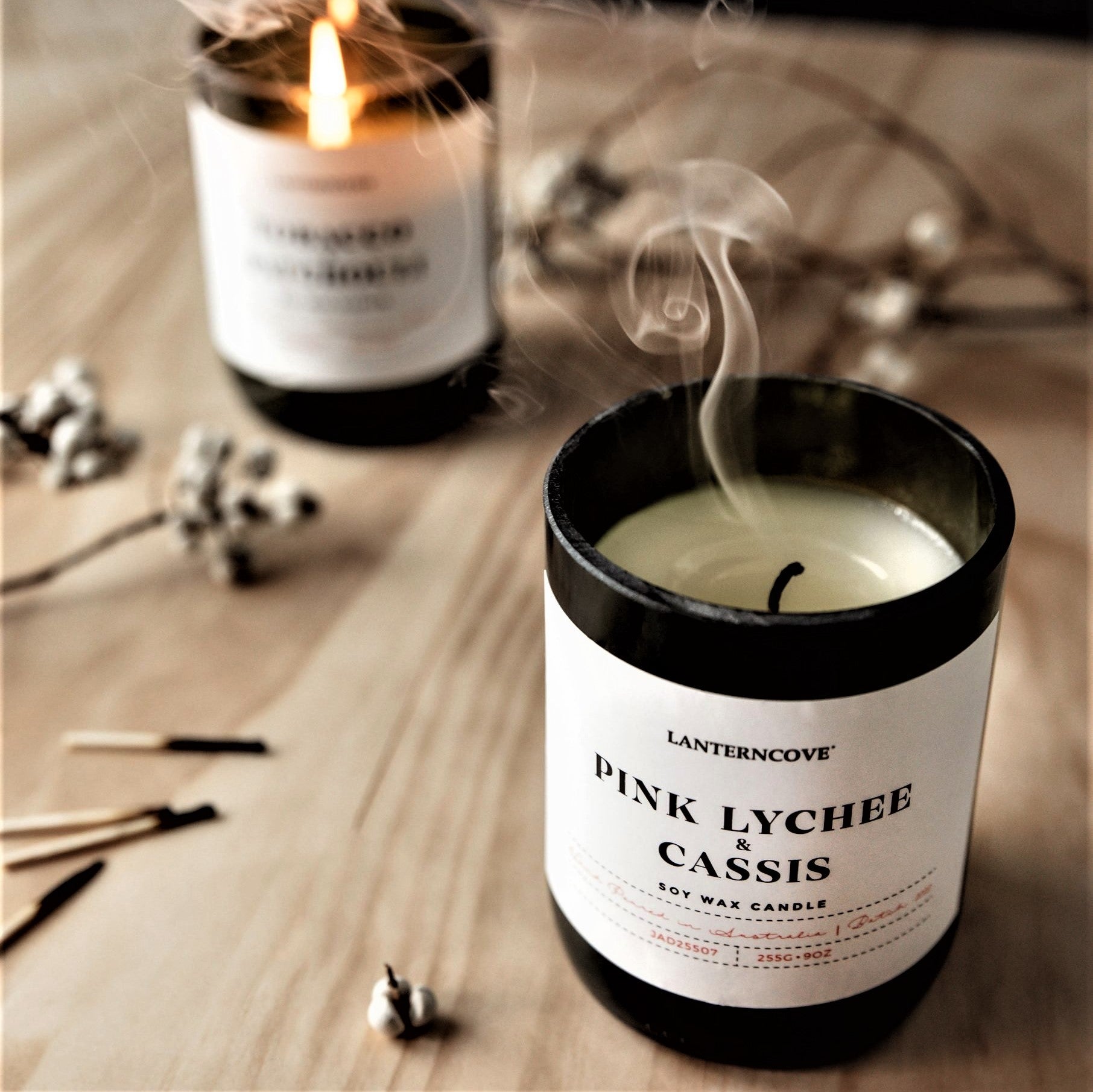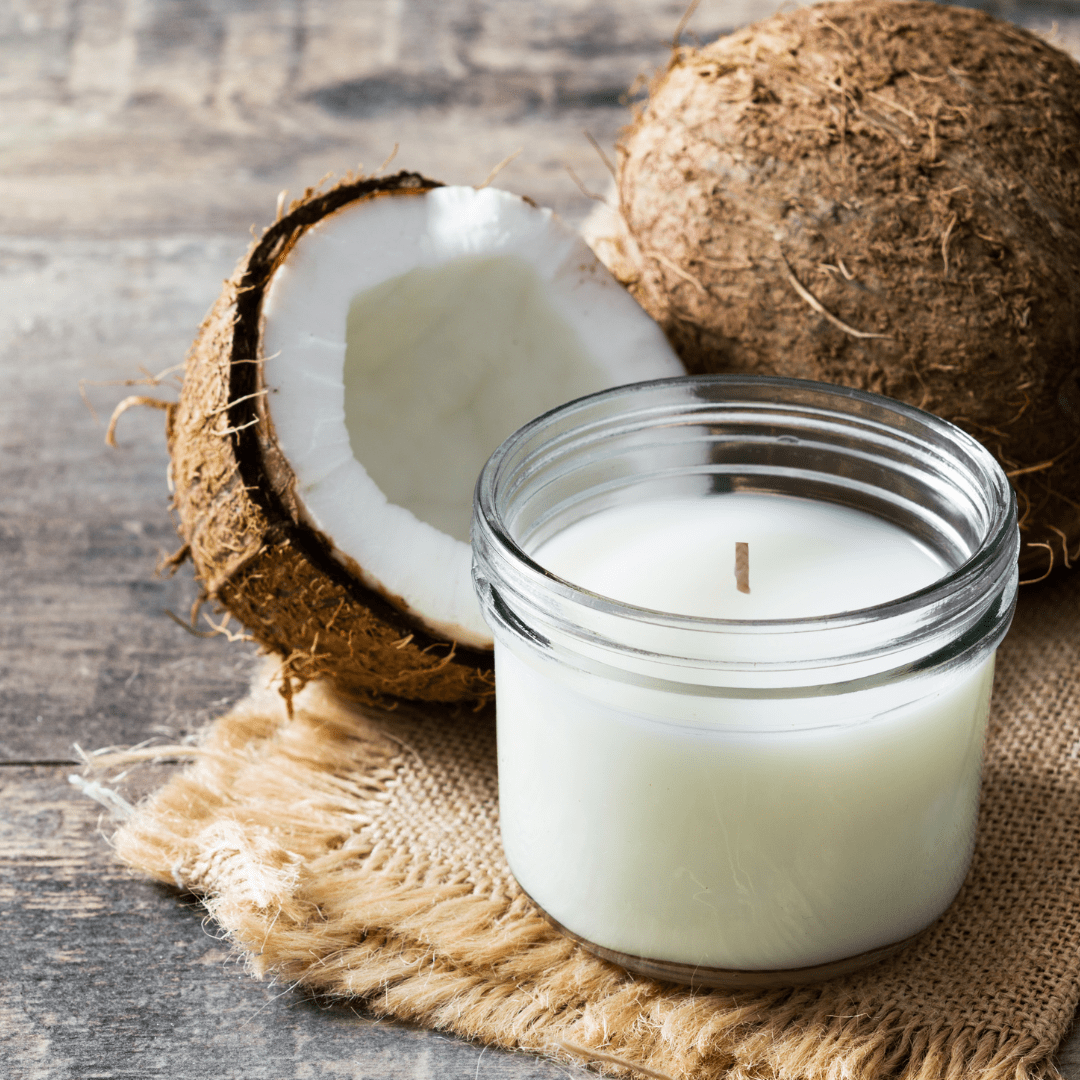Shop Sustainable Soy Wax Candles and Home Fragrance Collections
From Wick to Wax: Understanding the Chemistry Behind Soy Wax Candles and Their Environmental Impact
As we brighten our spaces with the cozy radiance of candle lights, there lies a realm of complex chemistry behind the apparently simple act of lighting a soy wax candle. Join us as we unwind the clinical intricacies behind soy wax candle lights and explore their implications on our setting.
Soy Wax Vs. Paraffin Wax
When contrasting soy wax and paraffin wax for candle light making, it is vital to comprehend the distinct attributes and advantages of each product. Soy wax is an all-natural, eco-friendly resource stemmed from soybean oil, making it naturally degradable and eco-friendly - soy candles. On the other hand, paraffin wax is a byproduct of petroleum refining, which raises issues about its environmental impact and sustainability
Soy wax candles burn cleaner and release much less residue contrasted to paraffin wax candle lights, making them a much healthier option for interior air high quality. Furthermore, soy wax has a lower melting point, enabling for a longer-lasting candle that spreads fragrance better. Paraffin wax, on the other hand, often tends to melt faster and much less cleanly, potentially launching unsafe chemicals right into the air.
From a sustainability viewpoint, soy wax is favored for its biodegradability and renewable sourcing, aligning with the growing consumer choice for eco conscious items. While paraffin wax has actually been a traditional option in candle making due to its price and ease of use, the change towards environment-friendly alternatives like soy wax is acquiring energy in the market.
Chemical Composition of Soy Wax

Burning Refine in Soy Candles
The chemical make-up of soy wax directly affects the combustion procedure in soy candle lights, impacting aspects such as burn time, scent launch, and environmental influence. When a soy candle light is lit, the heat from the flame melts the wax near the wick. This fluid wax is then prepared the wick because of capillary activity. As the liquid wax gets to the flame, it evaporates and undergoes burning. The combustion procedure includes the vaporized hydrocarbons in the wax reacting with oxygen airborne to produce warmth, light, water vapor, and carbon dioxide.
The burning effectiveness of soy candle lights is affected by the purity of the soy wax and the high quality of the wick. A clean-burning soy candle light with a properly sized wick will minimize and generate a stable fire soot formation. This not just extends the shed time of the candle light but additionally enhances the launch of scents. Furthermore, soy wax candle lights have a reduced environmental influence compared to paraffin candles as a result of their naturally degradable and eco-friendly nature.

Ecological Benefits of Soy Wax

Taken into consideration a lasting alternative to standard Continue paraffin wax, soy wax supplies remarkable ecological advantages that make it a prominent selection amongst eco-conscious customers. One substantial benefit of soy wax is its sustainable sourcing. Soy wax is stemmed from soybean oil, which is mostly grown in the United States. The growing of soybeans helps support regional farmers and decreases the dependency on non-renewable nonrenewable fuel sources made use of in paraffin wax manufacturing. Furthermore, soy wax is biodegradable, meaning it damages down naturally without releasing hazardous toxins right into the setting. This characteristic makes soy wax candles a more eco-friendly option contrasted to paraffin wax candles, which are made from petroleum, a non-renewable source. Furthermore, soy wax burns cleaner and creates much less soot than paraffin wax, adding to far better interior air top quality and lowering the requirement for cleansing and maintenance. Overall, the ecological benefits of soy wax line up with the growing demand for green and sustainable items in the market.
Recycling and Disposal Considerations
Reusing and proper disposal of soy wax candles play an essential function in keeping environmental sustainability and decreasing waste in families and areas. When it concerns recycling soy wax candles, the very first step is to guarantee that the candle light has actually melted entirely. This can be achieved by allowing the candle to burn until the wick is no more functional, and afterwards allowing the staying wax cool and solidify. As soon as the wax has actually strengthened, it can be thoroughly eliminated from the container.

In regards to disposal, if recycling is not a choice, soy wax candles are biodegradable and can be securely taken care of in most household waste systems. It is always recommended to examine with local reusing facilities or waste More Bonuses administration services for specific standards on candle disposal to make sure appropriate handling and ecological security.
Verdict
In conclusion, the chemistry behind soy wax candle lights exposes their ecological advantages over paraffin wax candles. Soy wax, acquired from soybean oil, burns cleaner and produces less residue when contrasted to paraffin wax.
When contrasting soy wax and paraffin wax for candle making, it is vital to comprehend the unique attributes and advantages of each product (crystal soy candles).Soy wax candle lights burn cleaner and send out less soot compared to paraffin wax candles, making them a healthier option for interior air top quality.Considered a sustainable alternative to traditional paraffin wax, soy wax provides significant ecological advantages that make it a preferred see post choice among eco-conscious consumers. Soy wax burns cleaner and creates much less residue than paraffin wax, adding to far better indoor air top quality and minimizing the requirement for cleansing and upkeep.In verdict, the chemistry behind soy wax candle lights discloses their environmental benefits over paraffin wax candle lights